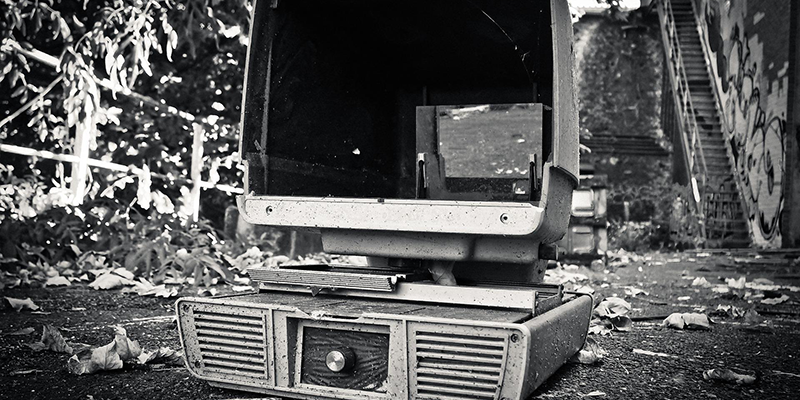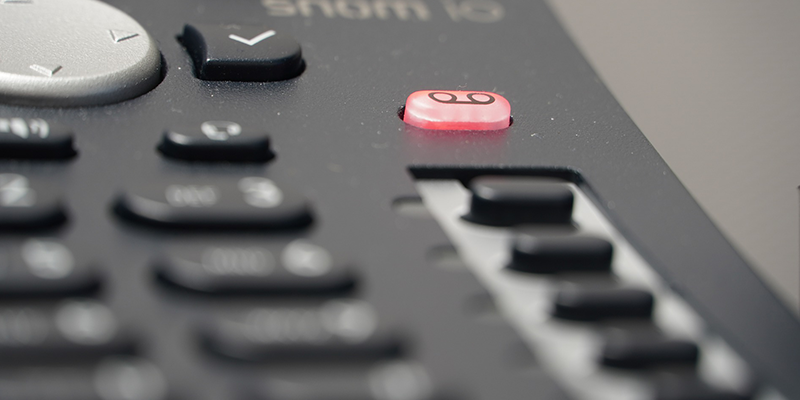How to Fix a Computer That Won't Turn On: 5 Easy Steps
Your computer won't turn on. This is a problem that can have a lot of different causes, but don't worry, we are here to help! In this blog post, we...

Do you feel like your computer is running slow? If so, don't worry – you're not alone.
Many people experience this issue, and there are a number of things that you can do to speed it up. In this blog post, we will discuss 6 ways that you can improve the performance of your slow computer. Keep reading to learn more!
Just as you regularly clean your physical workspace, it's important to give your computer a good cleaning on a regular basis as well. A clean computer is not only more aesthetically pleasing, but it can also help to improve computer performance.
Dust and dirt can build up on the inside of your computer, causing it to overheat. In addition, dust can settle on the sensitive components of your keyboard and mouse, making them less responsive. Cleaning your computer on a regular basis can help to prevent these problems and keep your computer running smoothly.
Here are a few tips for keeping your computer clean:
- Use compressed air to dust off the inside of your computer case. Be sure to hold the can upright so that the dust doesn't blow back into the case.
- Use a soft cloth to dust off your keyboard and mouse. If they're really dirty, you can use a mild soap and water solution.
- Wipe down your monitor with a soft, dry cloth. If it's particularly dirty, you can use a mild glass cleaner. avoid using harsh chemicals on your monitor as they can damage the screen.
Just because your computer comes with a bunch of bells and whistles doesn't mean you need to use all of them. In fact, many of these programs and features can actually bog down your system, making it slower and less responsive.
So if you want to keep your computer running at peak performance, it's important to disable the programs and features that you don't need. Many unnecessary programs start automatically when you turn on your computer, so one way to reduce clutter is to disable them from starting up automatically.
To do this, open the System Configuration tool and go to the Startup tab. Then, simply uncheck the boxes next to the programs that you don't want to launch automatically.
You can also free up some valuable disk space by disabling Windows features that you don't use. For example, if you don't use handwriting recognition or the fax service, there's no reason to keep them enabled. To disable Windows features, open the Control Panel and go to Programs > Programs and Features. Then, click on Turn Windows features on or off and uncheck the box next to the feature that you want to disable.
By taking these steps, you can streamline your system and help speed up your computer.
One of the most common reasons for a slow computer is outdated software or drivers. Over time, software developers release updates and patches that can improve the performance of your computer. In addition, new versions of programs are often more efficient than older ones. So if you're using an older version of a program, it's worth checking to see if there's an update available.
Similarly, if you're using outdated drivers, it's possible that they're not optimized for your current version of Windows. This can lead to poor performance and stability issues. For this reason, it's important to keep your drivers up to date. You can usually find the latest drivers on the manufacturer's website.
Another reason your computer speed might be slow is because of your power settings. By default, most computers are set to the "Power saver" mode, which can conserve energy but can also lead to a slower performance. If you want your computer to run at peak performance, it's best to set it to the "High performance" mode.
To change your power settings, open the Control Panel and go to Hardware and Sound > Power Options. Then, select High Performance from the list of options.
You can also try changing individual settings, such as your processor's power management setting or your computer's advanced performance settings. Consult your computer's manual for more information on how to do this.
As you use your computer, it accumulates a lot of junk files and temporary files. These can include everything from internet cookies to program caches. Over time, these files can start to take up a lot of space on your hard drive, which can lead to a slowdown in computer speed.
If you want to free up even more space on your hard drive, you can try deleting some of your larger files or programs. For example, you can delete old video files or large applications that you no longer use.
You can also try using an external hard drive to store some of your larger files. This can help free up space on your internal hard drive, which can lead to better performance.
If your computer is still running slow after taking all of these steps, it might be time to upgrade your RAM. Random access memory (RAM) is a type of memory that's used by your computer to store data that's currently being used. The more RAM you have, the more data your computer can store and the faster it will be able to access it.
You can usually find the amount of RAM that your computer has by opening the Control Panel and going to System > View basic information about your computer. If you're using a laptop, you might also be able to find this information in the BIOS.
If you want to upgrade your RAM, it's important to buy the right type of RAM for your computer. You can usually find this information in your computer's manual or on the manufacturer's website. Once you've bought the right RAM, you'll need to install it on your computer. This process can vary depending on your computer, so it's important to consult your manual or the manufacturer's website for instructions.
By following the tips in this article, you can help speed up your computer. Some easy things that you can do include disabling unnecessary programs from starting up automatically, updating your software and drivers, and removing unused files and programs. If you want to go a step further, you can also change your power settings to the "High performance" mode. With a little effort, you can help your computer run at peak efficiency.
If your computer is still running slow after following these tips, it might be time to consult a professional. A qualified technician can take a look at your system and help you identify the root of the problem. Consult your IT provider for more help.
Do you have any other tips for speeding up a slow computer? Share them in the comments below!

Your computer won't turn on. This is a problem that can have a lot of different causes, but don't worry, we are here to help! In this blog post, we...

Do you ever wonder how fast your internet connection is? If you're not sure, don't worry - we're here to help! In this step-by-step guide, we will...

There comes a time when every organization needs to invest in a phone system: you’re buying a new phone system for a new location, upgrading from...